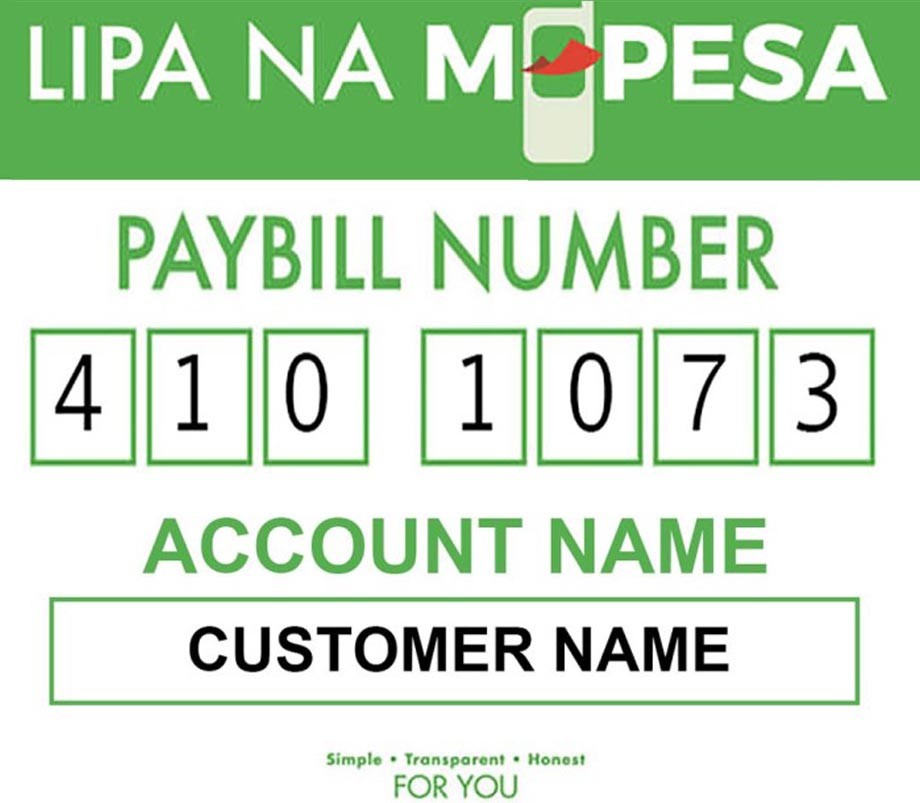
What does one need to Set Up a Fiber Optic Network in Kenya
Fiber optic technology has revolutionized the way we communicate and transfer data. It offers faster data transfer speeds, higher bandwidth, and more reliable connections than traditional copper cables. Setting up a fiber optic network requires careful planning, specialized equipment, and professional expertise. In this blog post, we will discuss the key requirements for setting up a fiber optic network.
You can also visit CP CABLEs Limited at Mombasa Road, Nairobi Kenya for assistance and purchase of products for your network.
One is required to have the following for a complete setup.
1. Fiber Optic Cables
Fiber optic cables are the backbone of any fiber optic network. These cables are made of glass or plastic fibers that transmit data using light signals. Fiber optic cables come in various sizes, types, and configurations. The most common types of fiber optic cables are single-mode and multi-mode. Single-mode cables are used for long-distance transmissions, while multi-mode cables are suitable for shorter distances.
2. Fiber Optic Transceivers
Transceivers are electronic devices that convert electrical signals into light signals and vice versa. They are used to transmit and receive data through fiber optic cables. Transceivers come in various form factors such as SFP, GBIC, and XFP, and they can be used with different types of fiber optic cables.
3. Fiber Optic Patch Panels
Patch panels are used to organize and connect fiber optic cables in a network. They are used to terminate, splice, and distribute fiber optic cables. Patch panels come in different sizes and configurations, depending on the number of cables and ports required.
4. Fiber Optic Connectors and Adapters
Fiber optic connectors and adapters are used to connect fiber optic cables to transceivers and patch panels. They are available in various types and sizes, depending on the type of cable and equipment being used.
5. Fiber Optic Test Equipment
Testing equipment is required to measure the performance of a fiber optic network. It includes optical power meters, optical time-domain reflectometers (OTDRs), and fiber optic visual fault locators (VFLs). These tools are used to test the strength and quality of the signal, detect any faults or breaks in the cable, and locate the position of the problem. Professional Expertise
Setting up a fiber optic network requires specialized knowledge and expertise. It involves designing the network, installing the equipment, and testing the system. Hiring a professional contractor with experience in fiber optic installation is highly recommended.
In conclusion, setting up a fiber optic network requires careful planning, specialized equipment, and professional expertise. It is important to choose the right type of cable, transceivers, patch panels, connectors, and testing equipment to ensure the network functions properly. Hiring a professional contractor with experience in fiber optic installation is highly recommended to ensure the network is installed correctly and runs efficiently.
I recommend one to consult our experts at CP CABLES for assistance at info@cpcables.co.ke and purchases at sales@cpcables.co.ke
3019
0
732
172
